Cedar trees are a popular choice for homeowners looking to enhance their landscapes with natural beauty and provide privacy. These evergreen giants not only add visual appeal but also offer numerous environmental benefits. If you want to know how to plant cedar trees, follow these steps and tips to ensure successful growth, proper care, and timely trimming.
Plant a Cedar Tree- 4 Steps
Step 1: Select the Right Site
Before planting your cedar tree, choose the right location. Cedar trees thrive in full sun to partial shade and in well-draining soil. They prefer soil that is slightly acidic, with a pH ranging from 5.0 to 7.0. Pick a spot that has enough space to accommodate the mature height and spread of the cedar tree, as they grow to impressive sizes.
Step 2: Dig the Hole
Once you’ve selected the site, dig a hole that is at least twice as wide as the root ball but not deeper than the root ball’s height. Breaking up the soil at the sides and bottom of the hole helps the roots penetrate the surrounding soil more easily.
Step 3: Plant the Cedar Tree
Gently place the cedar tree in the center of the hole, ensuring that it sits upright. Backfill the hole with soil, gradually firming it around the roots to eliminate air pockets. Avoid packing the soil tightly, as it may inhibit water drainage. Leave a slight depression around the base of the tree to help retain water during watering.
Step 4: Water the Newly Planted Tree
After planting, water the cedar tree thoroughly. Provide enough water to reach the root zone, ensuring the soil is evenly moist but not waterlogged. To retain moisture and suppress weed growth, apply a layer of mulch around the base of the tree, keeping it a few inches away from the trunk. Mulch also helps regulate soil temperature and prevents accidental lawnmower damage.
Invest in seasonal planting of flowers and to make your tree really stand out.
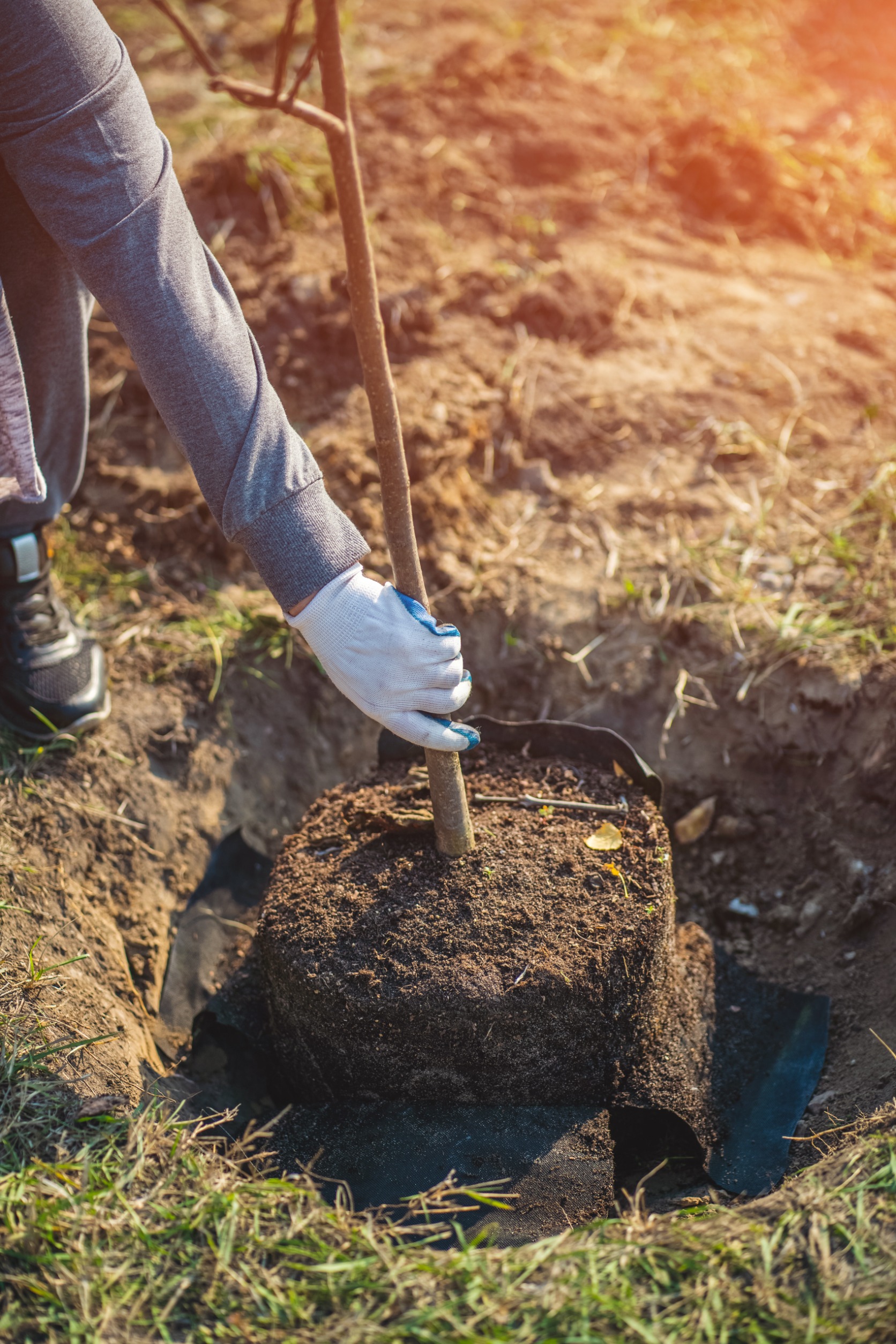
Care Tips for Cedar Trees
Cedar trees require proper care to thrive and reach their full potential. Here are some essential care tips:
Watering: Adequate watering is crucial, especially during the tree’s first year. Deep watering once a week is generally sufficient, but adjust the frequency based on weather conditions. Water deeply to encourage deep root growth and drought tolerance.
Fertilization: Cedar trees usually do not require much fertilization. Conduct a soil test to determine if any nutrient deficiencies exist. If necessary, apply a slow-release fertilizer formulated for evergreen trees in the spring.
Pruning: Pruning is essential for maintaining cedar trees. Start pruning when the tree is still young and continue as it grows. Major pruning should occur during the dormant season to minimize stress on the tree. Remove dead, damaged, or diseased branches at any time. If a tree has been overtaken by disease, contact us for tree removal services.
Protection from Deer: Cedar trees are particularly vulnerable to deer browsing, especially in rural or woodland areas. Consider using deer repellents or installing protective fencing to prevent damage.
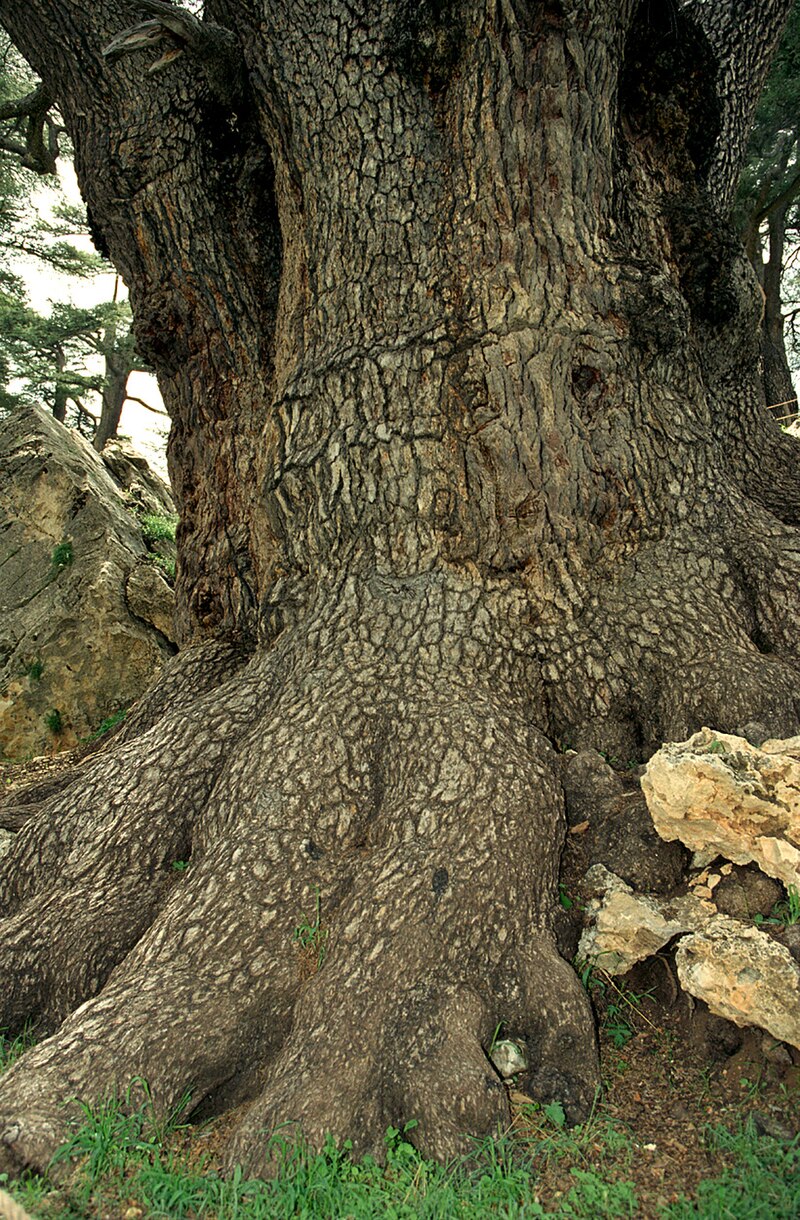
Trimming Cedar Trees
Proper trimming of trees helps maintain the shape, health, and safety. Here’s how and when to trim them:
When to Trim: Late winter or early spring, before new growth begins, is the best time to trim cedar trees. Avoid trimming in late summer or early fall, as new growth may not have sufficient time to harden off before winter.
How to Trim: Start by removing any dead, damaged, or diseased branches. To maintain the tree’s natural shape, lightly trim the tips of overgrown branches, known as “candles.” Avoid excessive pruning, as cedar trees do not respond well to heavy trimming. Maintain a balanced structure by trimming branches that cross or rub against each other.
Tools: Use sharp pruning shears or loppers for smaller branches and a pruning saw for larger ones. Ensure that the tools are clean and sanitized to prevent the spread of diseases between cuts.
Types of Cedar Trees Found in North Texas
North Texas is home to a variety of stunning cedar tree species. These trees not only provide shade and beauty but also contribute to the overall ecosystem. If you’re considering planting cedar trees in North Texas, understanding the different types available will help you make an informed decision. Let’s explore some of the cedar tree species commonly found in this region:
Eastern Red Cedar (Juniperus virginiana): The Eastern Red Cedar is a native evergreen tree that thrives in the North Texas climate. With its dense foliage and reddish-brown bark, it adds year-round beauty to any landscape. This cedar species is known for its excellent adaptability, drought tolerance, and resistance to pests and diseases.
Ash Juniper (Juniperus ashei): Also known as Ash Juniper is commonly found in the hill country and western parts of North Texas. It is a medium-sized evergreen tree with dense foliage and blue-green berries. Despite its name, it is not a true cedar but a juniper species. The Texas Red Cedar provides excellent windbreak capabilities and is often used to create privacy screens.
Deodar Cedar (Cedrus deodara): Although not native to North Texas, the Deodar Cedar is a popular choice for its majestic appearance and graceful pendulous branches. This cedar species boasts soft, bluish-green needles and large cones. While it may require more care to protect it from extreme temperatures, the Deodar Cedar is an enchanting addition to landscapes and parks.
Pencil Cedar (Juniperus scopulorum): Native to the southwestern United States, including parts of North Texas, the Pencil Cedar is a striking evergreen tree with a vertical growth habit. Its name originates from its narrow, pencil-like shape, making it a perfect choice for smaller landscapes or for planting in rows to create natural fences. The Pencil Cedar features silvery-blue foliage that stands out in any setting.
Wrapping Up
When selecting a cedar tree for your North Texas landscape, consider factors such as adaptability to local conditions, desired size, and aesthetic preferences. With the right choice of cedar tree, you will enhance the beauty and natural appeal of your North Texas environment.
Once your tree is planted, follow these care tips. You will enjoy the beauty and benefits that a newly planted tree brings to your landscape. Remember to choose a suitable location, provide proper watering and care, and conduct regular maintenance to keep your cedar trees thriving for years to come.
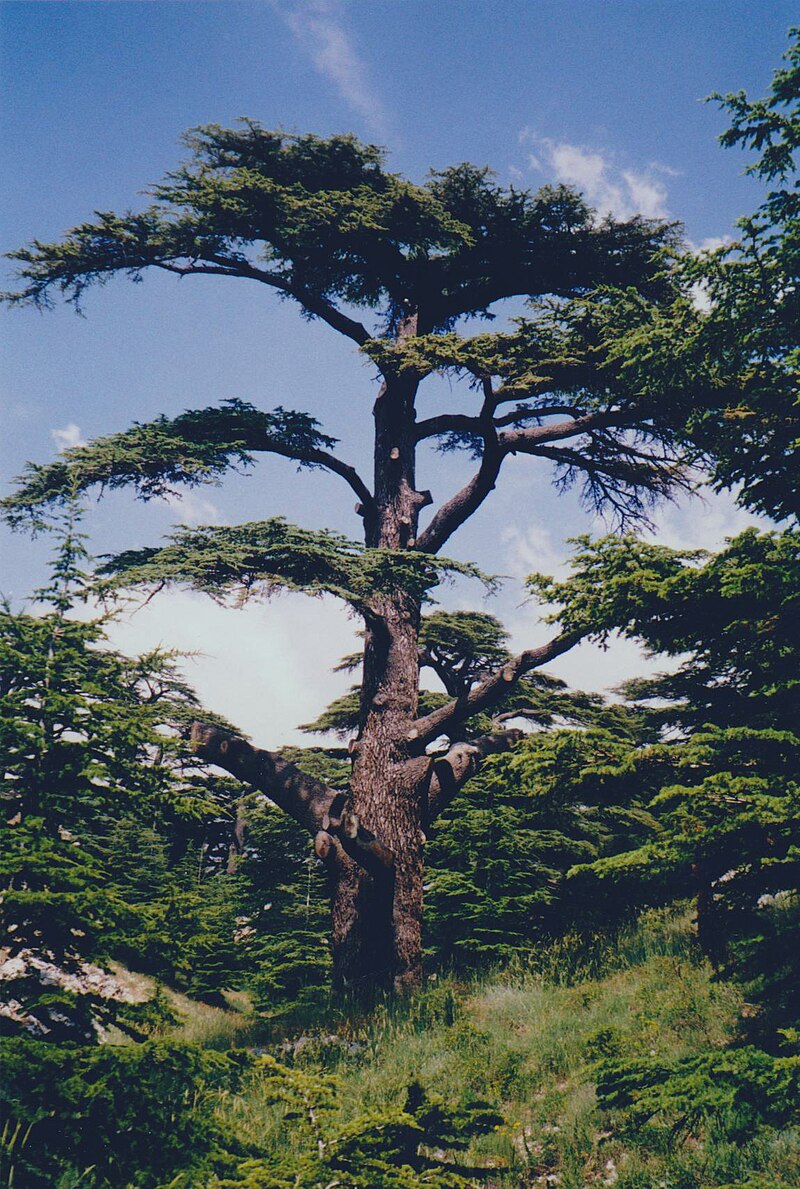
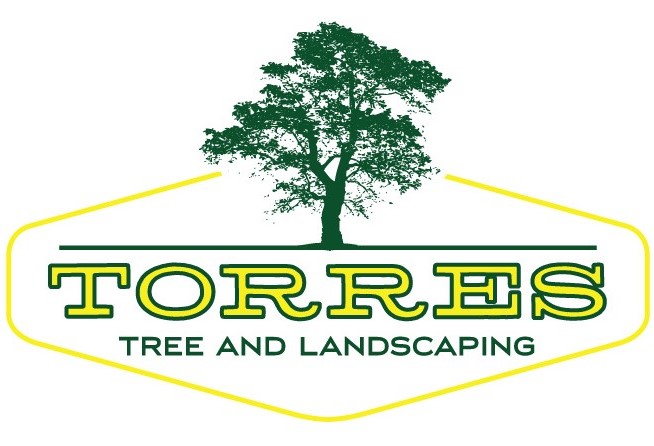
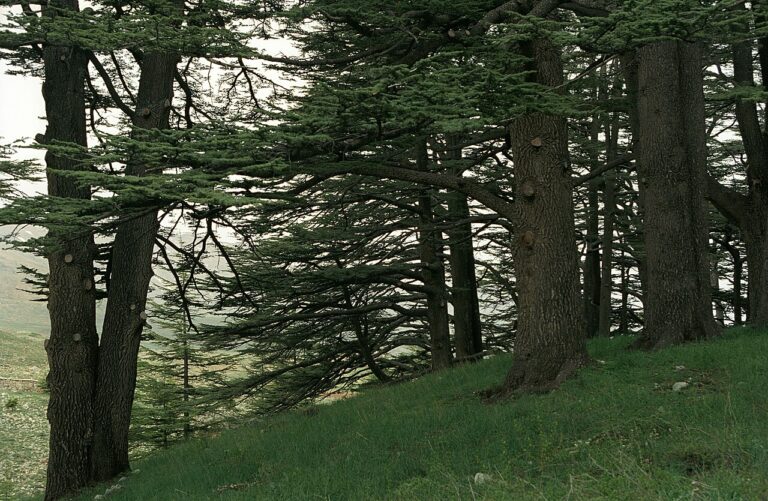
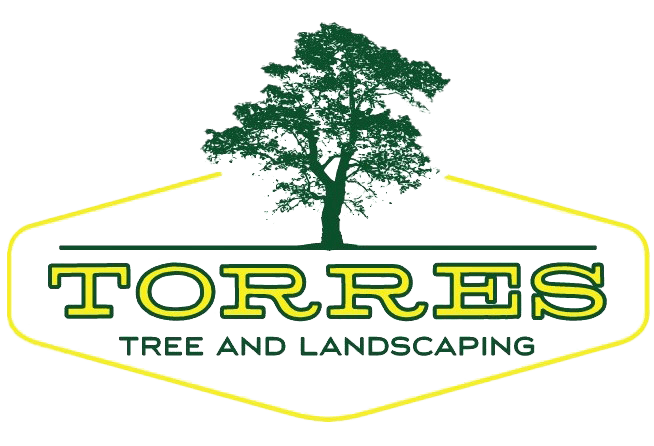
1 thought on “How to Plant Cedar Trees”
Just read a great post on planting cedar trees! Learned about soil preparation, spacing, and the importance of proper watering. Excited to apply these tips for a thriving cedar garden.